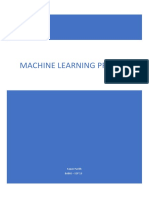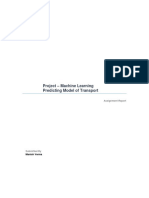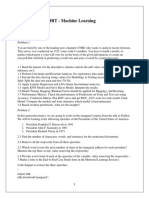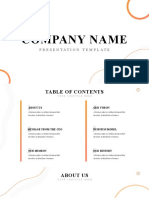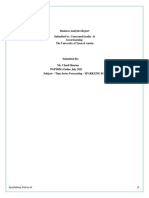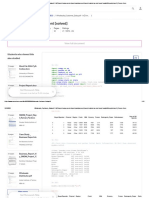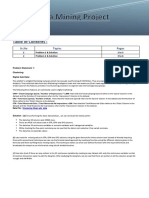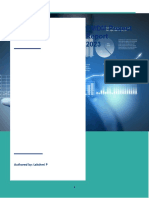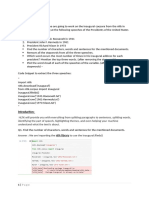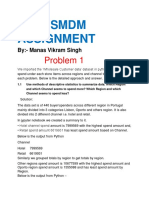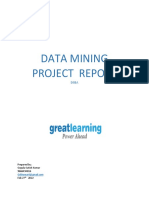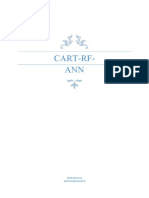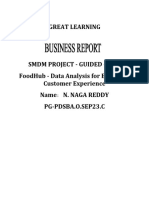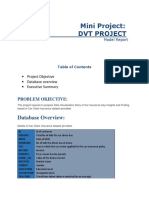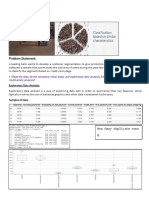0% found this document useful (0 votes)
801 views32 pagesMachineLearning Project PDF
This document discusses predicting employees' choice of transportation using machine learning models. It first explores the dataset containing employees' personal and professional details as well as their mode of transportation. Key findings from the exploratory data analysis include age 30 and above and salary 30k and above are more likely to use a car for transportation. Female car usage is also much lower than male usage. The document then outlines the steps to build logistic regression, KNN, and naive bayes models to predict car usage and determine significant predictor variables influencing an employee's choice of transportation.
Uploaded by
Senthil KumarCopyright
© © All Rights Reserved
We take content rights seriously. If you suspect this is your content, claim it here.
Available Formats
Download as PDF, TXT or read online on Scribd
0% found this document useful (0 votes)
801 views32 pagesMachineLearning Project PDF
This document discusses predicting employees' choice of transportation using machine learning models. It first explores the dataset containing employees' personal and professional details as well as their mode of transportation. Key findings from the exploratory data analysis include age 30 and above and salary 30k and above are more likely to use a car for transportation. Female car usage is also much lower than male usage. The document then outlines the steps to build logistic regression, KNN, and naive bayes models to predict car usage and determine significant predictor variables influencing an employee's choice of transportation.
Uploaded by
Senthil KumarCopyright
© © All Rights Reserved
We take content rights seriously. If you suspect this is your content, claim it here.
Available Formats
Download as PDF, TXT or read online on Scribd
/ 32




